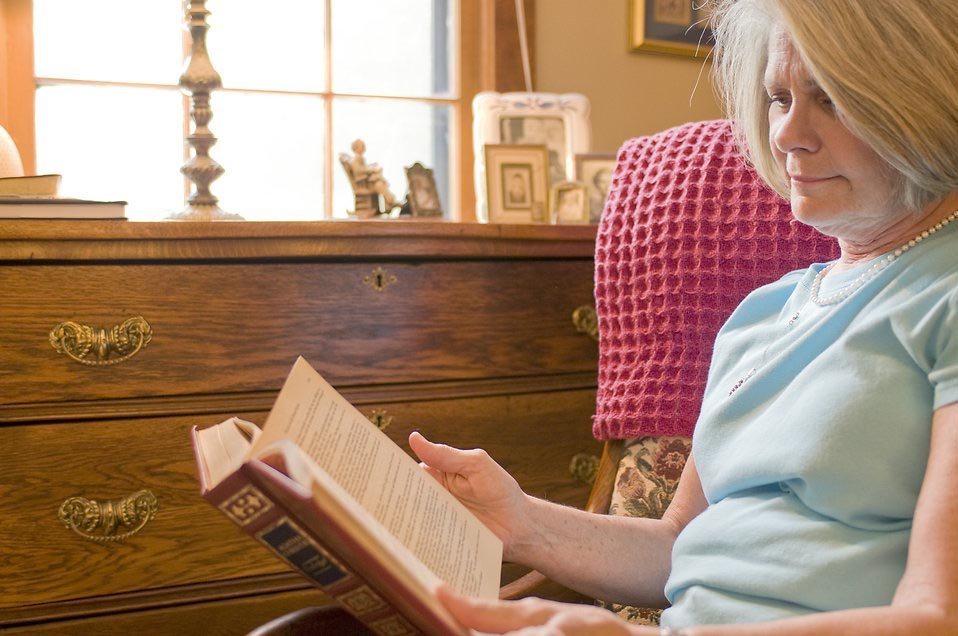Everyone experiences changes in their eyesight as they age. For many, it means buying reading glasses to read a menu, newspaper or other small print.
According to research commissioned by Irish lighting company Solus, proper light, similar to daylight, improves the lives of older people significantly.
Often, the first thing people notice as they get older is their loss of ability to see distance. That happens around age 45, and is called presbyopia. By 60, most people have a ‘fixed focus’ optical system and need glasses.
After age 60, eye and visual system changes accelerate, so that less light reaches the eye. Therefore, people need more light to see details as they age.
The Solus research revealed that common age-related vision complaints include: “I can’t see as clearly as I used to”, “I have difficulty seeing objects close up”, “Colors don’t seem as vivid”, “It’s getting more difficult to see in the dark”, “I’m less able to adapt to glare”, “I need more light to see”.
A 40-year-old person needs 3 times more light than a 20-year-old person whilst an 80-year-old needs 5 times more light than a 20-year-old person. As our eyes age less light actually gets to the retina to stimulate the nerves so more light is required.
The main issue is the quality of light. Most of the commonly found lighting guidelines are written with the 30-year-old user in mind.
S.A.D.
The Solus research also showed that 50% – 80% of people use light therapy to treat seasonal affective disorder (SAD). As an early measurement to prevent winter blues in general, exposure to daylight, or very bright, full-spectrum light can give people relief.
Eye fatigue during the day is another side effect. Because the eye loses the ability to accommodate, the muscles of the eye have to work harder. Eyes get tired faster, especially when doing difficult seeing tasks such as driving at night or reading fine print.
The solution is to make seeing easier. This means not only reading large-print books, but also reducing glare, setting up special lighting for task areas, and having regular eye exams (including retinal) to catch problems promptly.
Top tips from Solus to help overcome age-related vision complaints:
- Have a few table lamps turned on while watching TV can help reduce the contrast that occurs between the bright screen and the surrounding darkness of the room.
- Have light that you can direct, such as a pivoting or adjustable head on a task lamp. Designs with a reflector (inside the head) are even more effective for focusing the light where you need it
- Provide for light level adjustments (via dimmers) so they can match the lighting levels to the tasks at hand. Look for general lighting fixtures that are well-shielded to minimize glare.
- Dimmers are ideal in the bathroom to add a bit of illumination to navigate during the night, and to make it easier to get up on dark mornings without blinding glare.
- Layer the lighting in a room so that functional illumination and decorative lighting can be mixed to achieve balance.
- Have a lot of flexibility with your lighting. Each room should have lighting choices with controls to vary the light. The objective is to give the user – no matter what their age – the optimum amount of lighting when and where they want it.
Whether you are old or young, the basic rules of good lighting apply: have sufficient illumination with little or no glare and use diffused lighting to minimize shadows.
For maximum energy saving, select compact fluorescent lights (CFLs) and LED bulbs with warm tones (look for 2700-3000K on the box) and a high color-rendering index of 90 or more.












